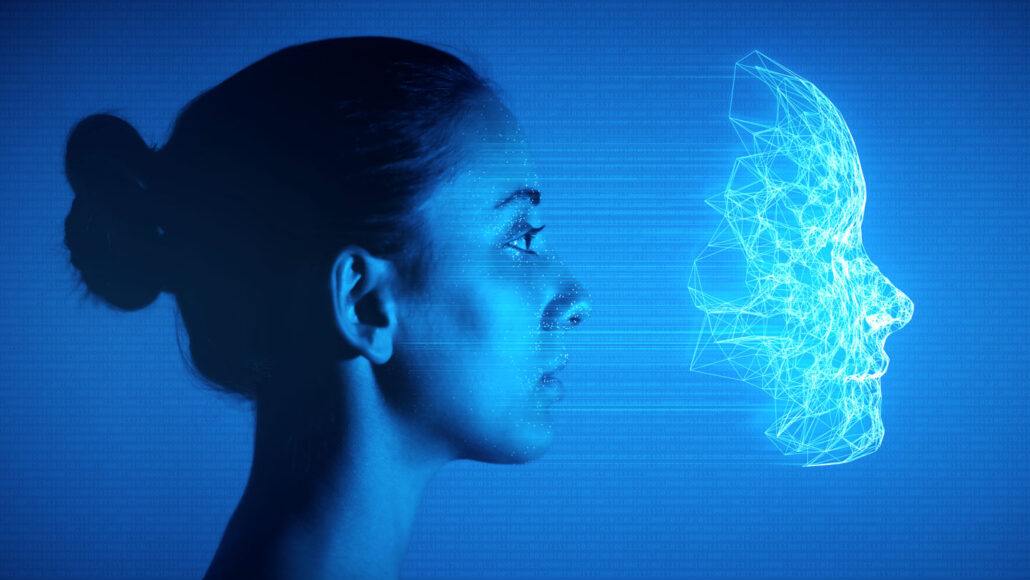Questions for ‘Want your own AI double? There could be big benefits — and risk‘

You can use AI to create a virtual double that mimics your face, voice and even your personality. Some companies and influencers are already using such clones to make content. But experts are still working out what the downsides of a flood of virtual people might be.
imaginima/E+/Getty Images Plus